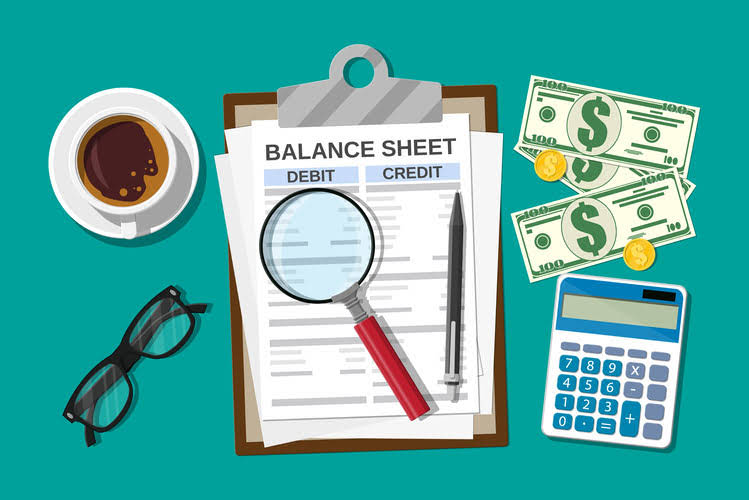Cash Conversion Cycle CCC: Formula and Practical Applications

Furthermore, the cash conversion cycle can provide insights into a company’s financial health. A company with a short cash conversion cycle may have a strong cash flow, which can support its operations and growth. Conversely, a company with a long cash conversion cycle may have a weak cash flow, which could indicate financial distress. The DIO represents the length of time that cash is tied up in inventory before a sale is made.
Accelerate Accounts Receivable Collection:

A higher DPO can indicate that you’re effectively using the money you owe your suppliers to fund operations, which can help improve liquidity and reduce the need for external financing. In conclusion, global trends are transforming not just the business landscape but are also modifying the dynamics of the cash conversion cycle. Businesses that adapt and align their strategies with these influential trends can optimize their CCC, improving their cash liquidity and overall financial health. cash conversion cycle In contrast, a shorter cash conversion cycle suggests a more effective working capital management.

Reviewing days sales outstanding

As a result, purchasing organizations may improve their supply chains by utilizing early payment schemes such as supply chain finance. Suppliers can obtain early payment on their invoices from a third-party funder, even though the firm will Catch Up Bookkeeping pay the invoice later. It is essential to understand that a firm’s cash conversion cycle does not exist in a vacuum because it reflects how it interacts with its consumers and suppliers.
- During an analysis, the CCC should be combined with other metrics—such as return on equity (ROE) and return on assets (ROA)—and can be useful when comparing competitors.
- A lower CCC can also improve a company’s chances of getting approved for business loans.
- The cash conversion cycle holds high value of significance for retailers and similar businesses, albeit is useful in every industry.
- Knowing the length of your cash conversion cycle—and the three components that make it up—can help you evaluate the financial health and performance of your business.
- As a result, purchasing organizations may improve their supply chains by utilizing early payment schemes such as supply chain finance.
- Beyond the monetary value involved, CCC accounts for the time involved in these processes and provides another view of the company’s operating efficiency.
Time to Collect Receivables
- The cash conversion cycle (CCC) quantifies the time necessary to turn resources into cash.
- Accounts payable (AP) and accounts receivable (AR) are terms commonly used in businesses.
- Manufacturing, on the other hand, often involves an extended production period.
- With highly effective internet shops, a negative cash conversion cycle is typical.
- The duration of the cycle becomes crucial as businesses must extract sufficient funds from their operations to cover short-term obligations.
- Accept credit and debit cards, and email customers an invoice with a link to your payment portal.
- In each formula below, the number of days in the period is 365 (one year), but you can calculate the CCC using a different amount of time as needed (for example, quarterly).
The CCC value indicates how efficiently a company uses short-term assets and liabilities to generate and redeploy cash. Caution should be taken to prevent jeopardizing the stability of the supply chain. Delaying payments can also harm relations with suppliers which is not the best for the long term. When deciding whether to extend trade credit to a company, vendors consider the CCC.
- This can result in a CCC of -X days.This is most common with highly efficient e-commerce businesses with high product turnover rates, and especially those that make use of drop shipping.
- However, this may not reflect the company’s typical cash management efficiency.
- A few ways to speed up collections include—but are not limited to—automating accounts receivable, implementing collections email templates, and optimizing your AR cycle.
- The Accounts Payable Conversion Period is the time between when a business pays for items and when it receives reimbursement.
- The faster a company can have a dollar of cash invested in inventory turned into a dollar of cash received following a sale, the better it is for the company.
- To enhance the efficiency of the cash conversion cycle, businesses can optimize inventory management, streamline accounts receivable processes and negotiate better payment terms with suppliers.
- Generally, a lower CCC is considered better as it indicates efficient management of working capital.
Upcoming Accounting and Finance Resources Batches & Dates

We’ve helped fixed assets clients like DNA Payments, 1Password, Deliverect and others to reduce overdue balance by 71% within the first 3 to 6 months. Kolleno and Atradius hosted a webinar on how to “Enhance your Cash Conversion Cycle and Optimise your Cash Flow” where experts shared practical tips and strategies to improve CCC and Order to Cash. A lower CCC is generally better, but the ideal value depends on the industry and business model. Calculating the Cash Conversion Cycle (CCC) accurately involves a few key steps, each focusing on a different aspect of a company’s operations.
Why Cash Flow Analysis Matters: Key Benefits for Your Business
In the current economic context of the main talent sources, currency exchange rates against the dollar only reinforce this trend. Our website services, content, and products are for informational purposes only. Economic conditions, industry standards, and company-specific practices also play significant roles in influencing the CCC.

Capital Rationing: How Companies Manage Limited Resources
While the cash conversion cycle is a useful tool for evaluating a company’s cash management efficiency, it has several limitations. First, the cash conversion cycle is a relative measure, which means it should be used in comparison with other companies in the same industry or with the company’s historical performance. Using the cash conversion cycle in isolation can lead to misleading conclusions. So, in this example, it takes ABC Company almost 79 days to convert a dollar spent on inventory into a dollar received from a customer. This is on the high end and indicates that the company could be more efficient in managing its cash flow.

 العربية
العربية English
English